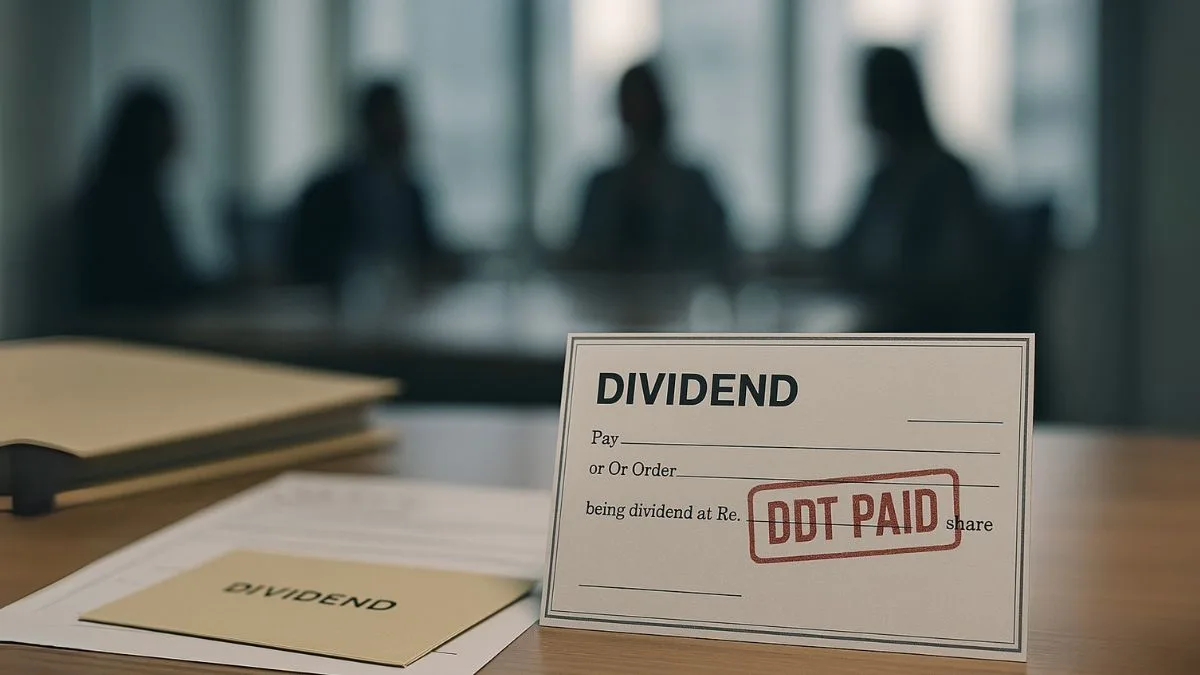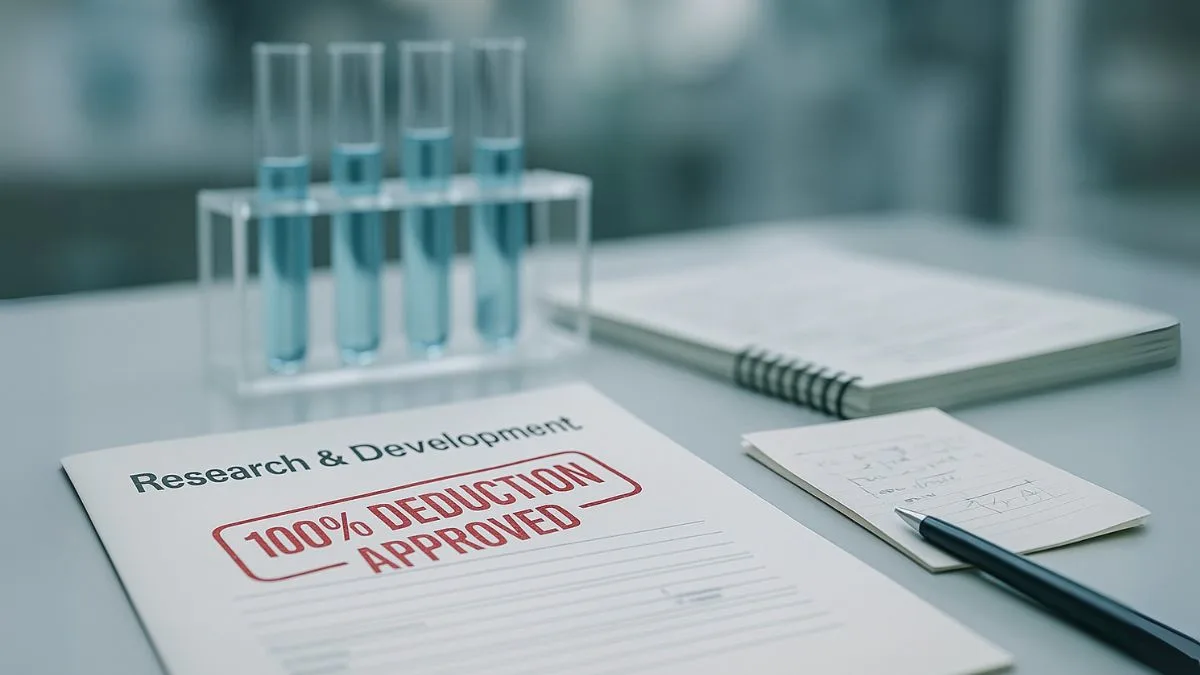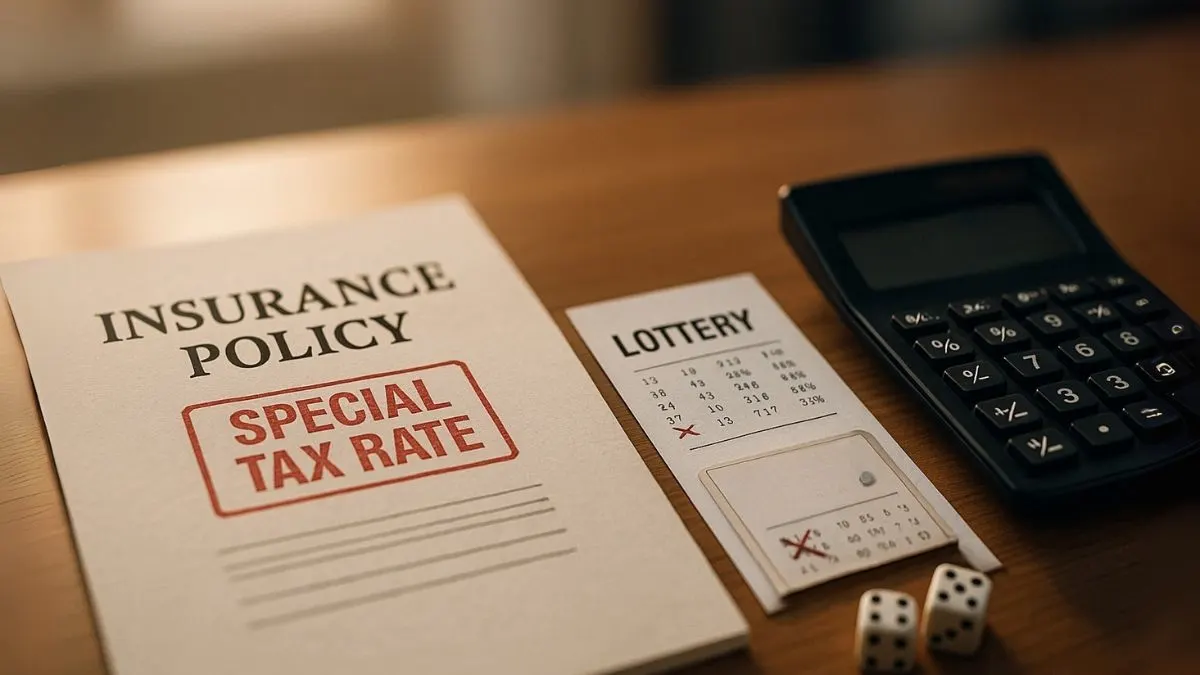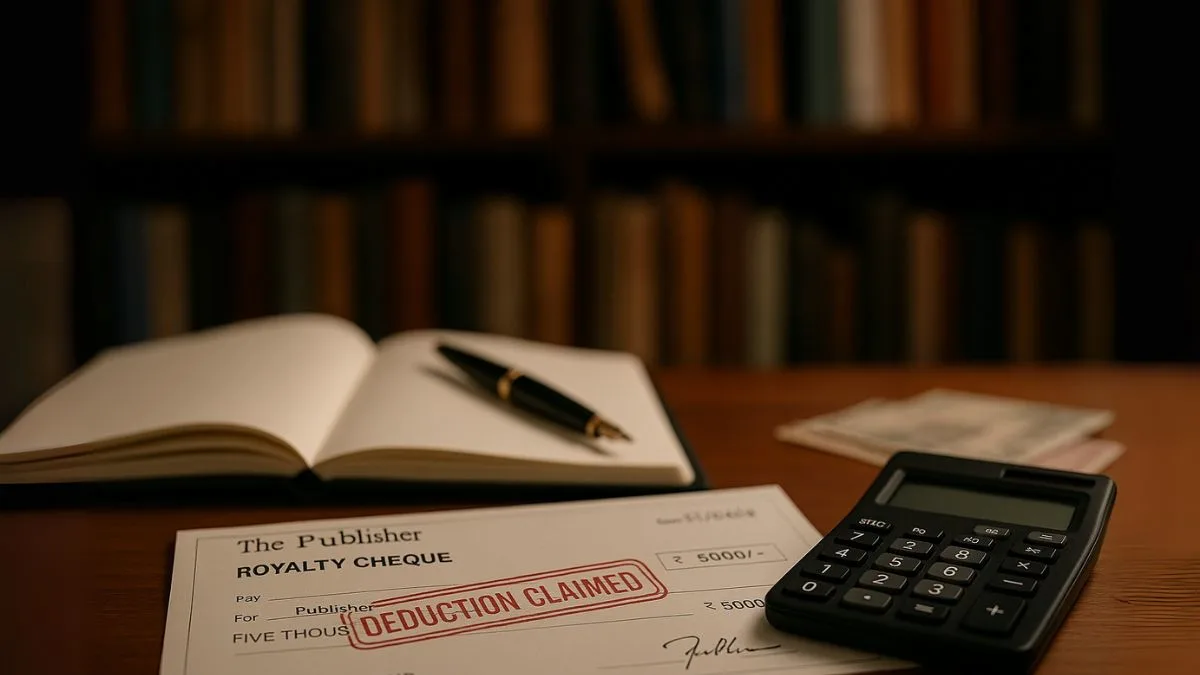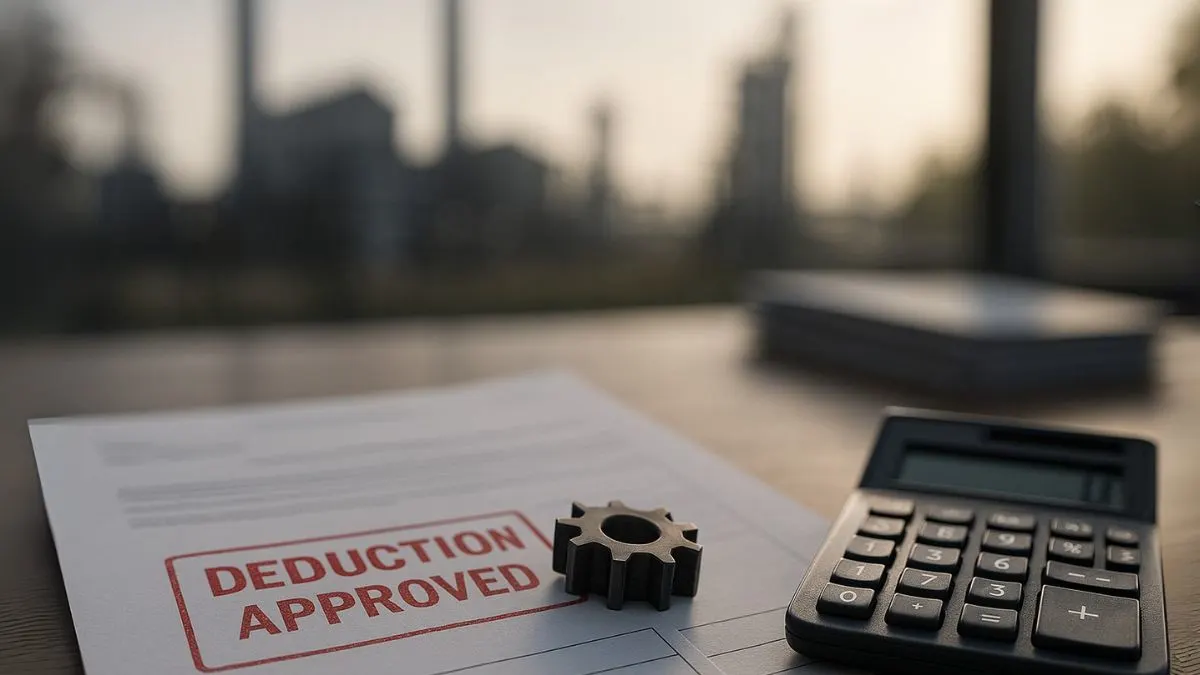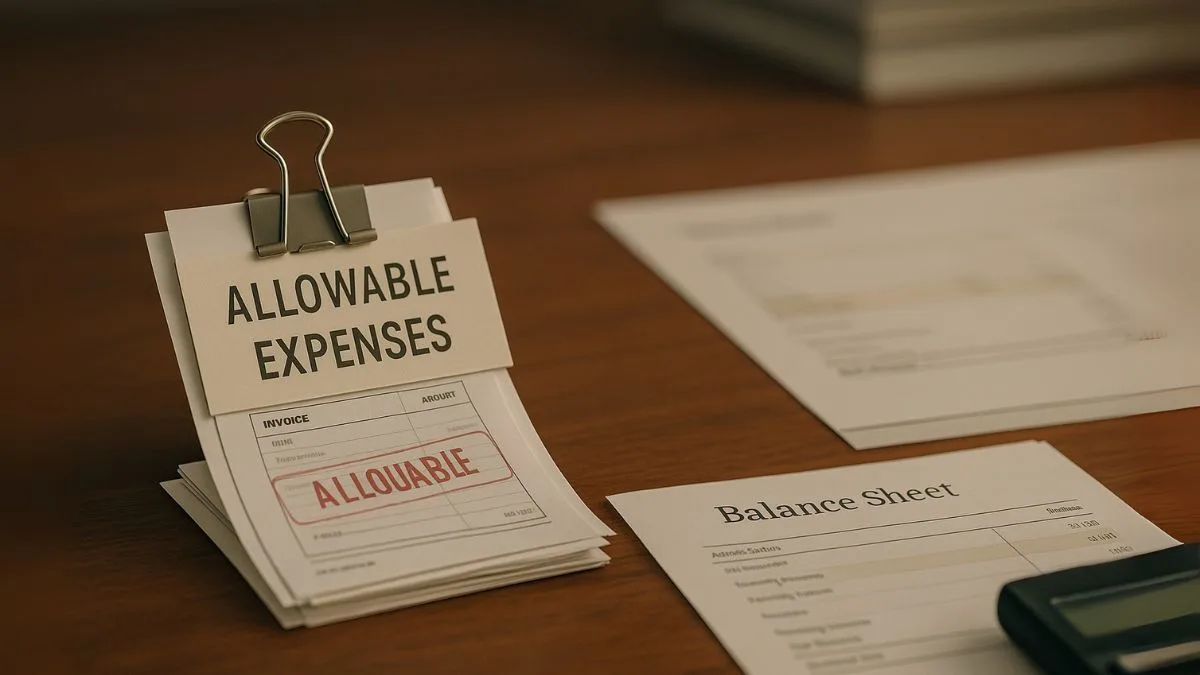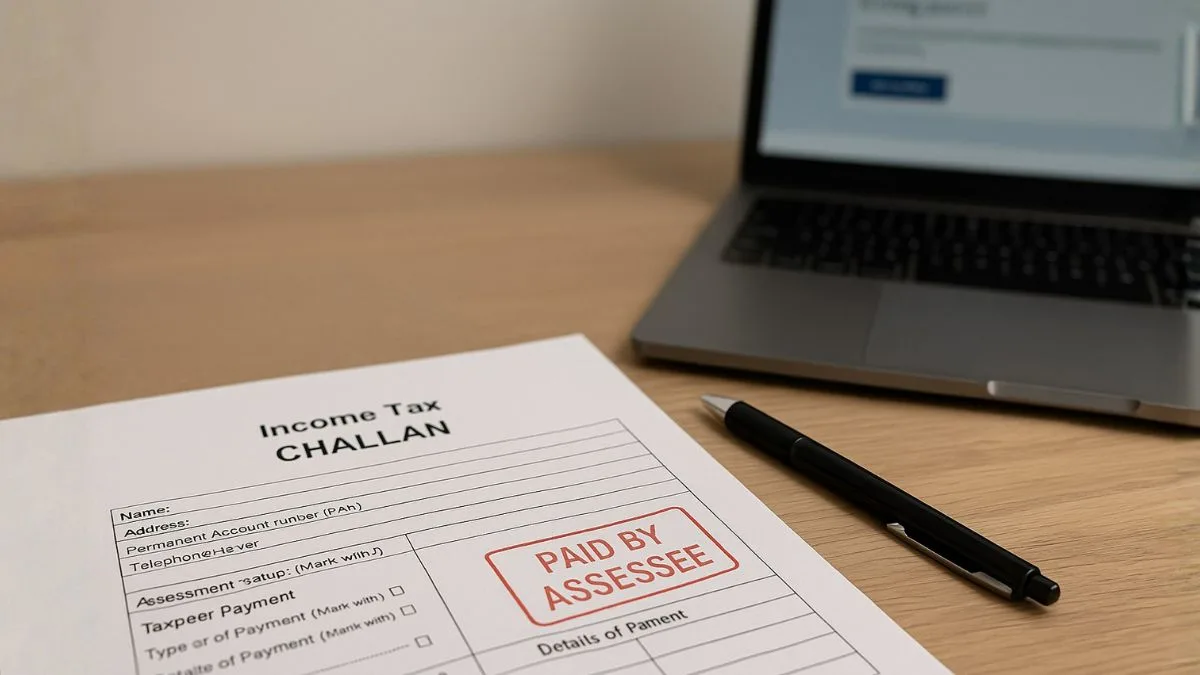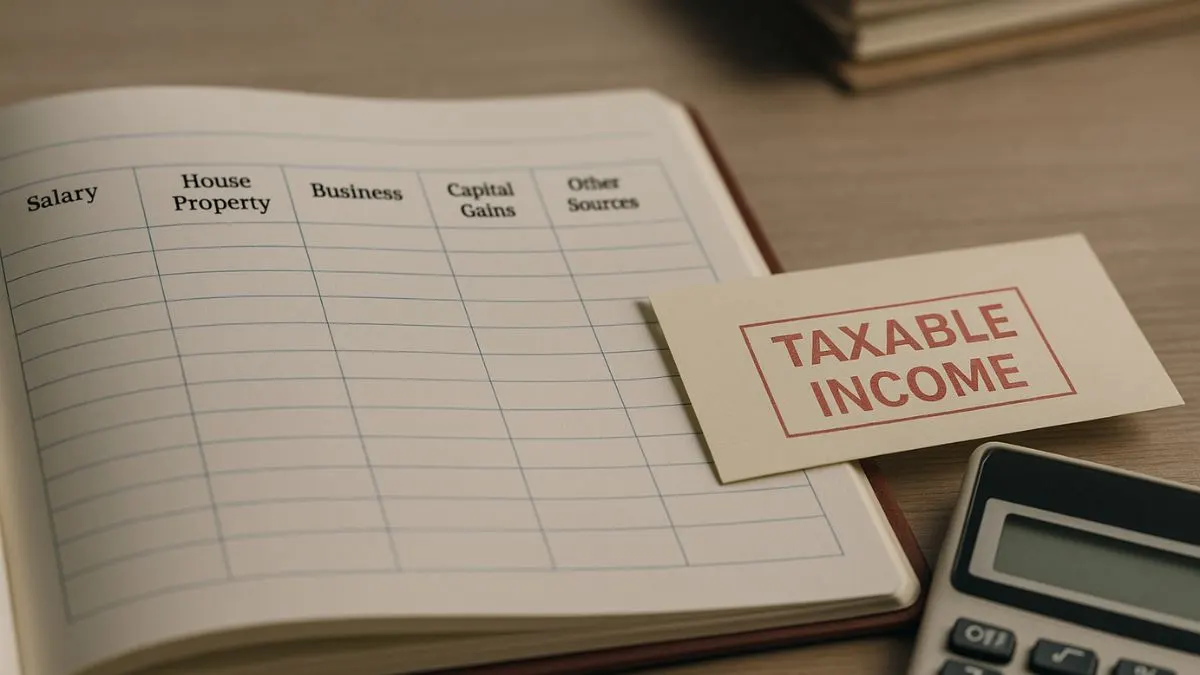
Introduction
India’s income tax system today relies heavily on data verification. To ensure transparency and accuracy, the Income Tax Department is empowered to request information from not only the taxpayer but also from third parties.
One of the key legal tools used for this purpose is Section 133(6) of the Income Tax Act, 1961.
This section allows the department to cross-verify information about income, assets, or transactions — without necessarily initiating an assessment. Understanding this section is crucial for taxpayers, professionals, and businesses alike.
What Is Section 133(6) of the Income Tax Act?
Section 133(6) authorizes the following officers to request information or documents:
- Assessing Officer
- Joint Commissioner
- Commissioner
- Other authorized tax officers
They can send notices to:
- The taxpayer under inquiry or assessment
- Any other individual, firm, bank, or company connected to the taxpayer (even indirectly)
This power is used to:
- Collect supporting evidence
- Conduct initial investigations
- Assist in ongoing assessments
It can be invoked even if no official assessment is pending, but in such cases, prior approval from a higher authority is required.
When Can a Notice Be Issued Under Section 133(6)?
A Section 133(6) notice can be issued in the following situations:
- During assessment or reassessment proceedings
- To verify TDS claims or high-value transactions
- To confirm income, loans, or gifts declared in returns
- When there is a mismatch in AIS or Form 26AS
- To gather third-party confirmation from:
- Banks
- Employers
- Tenants
- Clients
- Associates
If no proceedings are ongoing, permission from a senior officer (Joint Commissioner or above) is necessary.
What Kind of Information Can Be Requested?
Common documents and data asked under this section include:
- Bank account statements
- Loan sanction letters and repayment records
- Salary details and Form 16
- Proof of investments (mutual funds, fixed deposits, bonds, etc.)
- Property sale or purchase agreements
- Gift deeds and inheritance documents
- Rent agreements and rent receipts
- PAN and Aadhaar for verification
Even if you are not directly under assessment, you may receive this notice as a third party.
Real-Life Example
Case: A taxpayer claims to have gifted Rs. 15 lakh to a friend.
Action: The department sends a Section 133(6) notice to the friend requesting:
- PAN
- Confirmation of receipt
- Bank statement showing the credited amount
- Purpose of the transaction
Purpose: To verify if the gift is genuine or a disguised form of income.
How to Respond to a Section 133(6) Notice
To respond effectively:
- Read the notice carefully to understand what is being asked
- Gather supporting evidence such as agreements, bank records, ledgers
- Log in to the Income Tax e-filing portal
- Go to "e-Proceedings" → "View Notices and Communications"
- Upload scanned copies of documents in required format
- Submit the response and retain the acknowledgment
Frequently Asked Questions
Does receiving a Section 133(6) notice mean I am being assessed?
No. You might be contacted only for clarification. It does not always mean that your case is under scrutiny.
Is it mandatory to respond to a 133(6) notice?
Yes. Failure to respond can result in:
- Penalty of Rs. 100 per day under Section 272A(2)(c)
- Best judgment assessment by the officer
- Potential escalation to scrutiny or investigation
Can I request an extension to respond?
Yes. You may file a request on the portal or through your Chartered Accountant, stating valid reasons. Extension approval is at the officer’s discretion.
Can tax officers contact banks under Section 133(6)?
Yes. Tax officials can directly ask banks to share information related to deposits, withdrawals, and account ownership.
Common Triggers for Section 133(6) Notices
- Unusually large cash deposits
- High-value property purchases or sales
- Differences between reported income and Form 26AS
- Unexplained credit card spending
- Large gifts or personal loans
- Business expense claims that don’t match the return
Final Thoughts from a Chartered Accountant
Section 133(6) is a legal inquiry tool — not a reason to panic. But you must take it seriously.
Most often, it is issued for data verification or third-party confirmation. A timely and accurate response can help resolve the matter quickly.
Neglecting or misrepresenting facts may convert a simple inquiry into a full-fledged tax scrutiny.
Need Help Drafting a Response to Section 133(6)?
At CallmyCA, we offer:
- Decoding of the notice and explanation of context
- Drafting of legally sound and structured replies
- Review and preparation of supporting documents
- Online submission and acknowledgment tracking
- Guidance to prevent escalation or reassessment
Click here to book your tax notice handling service via CallmyCA

